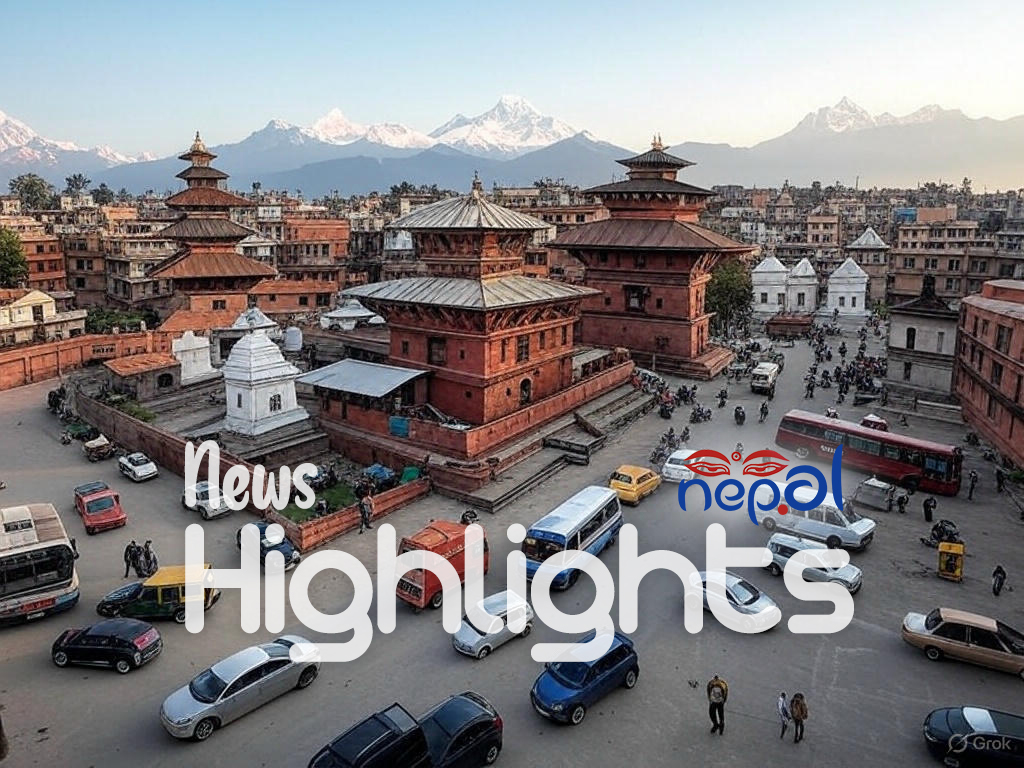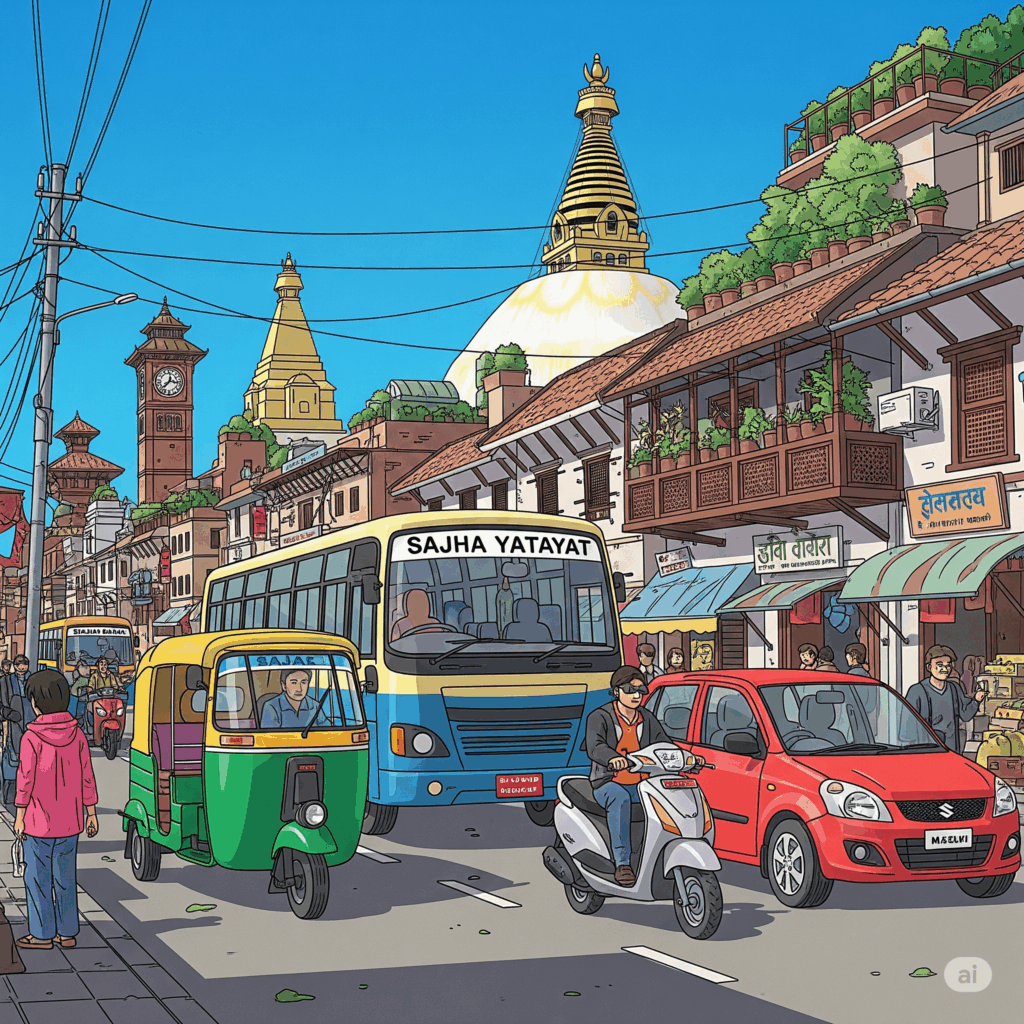As the sun rises over Kathmandu on this final day of March 2025, Nepal finds itself at a crossroads, grappling with political unrest, social tensions, and a search for identity. Today’s news, buzzing across Nepali news websites and social media platforms, paints a vivid picture of a country wrestling with its past while navigating an uncertain future. From violent pro-monarchy protests to government crackdowns and cultural milestones, here’s a dive into what’s making headlines in Nepal on March 31, 2025.
Pro-Monarchy Protests Turn Deadly: A Nation Divided
The streets of Kathmandu have been anything but quiet in recent days, and today’s reports confirm the escalating tension. According to The Kathmandu Post, a pro-monarchy demonstration that began on Friday, March 28, has spiraled into chaos, leaving a trail of destruction and loss. The protests, led by supporters of former King Gyanendra Shah, demand the restoration of Nepal’s monarchy, abolished in 2008 after centuries of rule. What started as a call for unity has turned violent, with NDTV reporting that cars were set ablaze, shops looted, and over 100 people detained as authorities scramble to investigate the unrest.
Social media is ablaze with reactions. On X, users are sharing photos and videos of riot police clashing with demonstrators, tear gas clouds billowing through the capital. One trending post reads, “Nepal’s soul is torn – monarchy or republic, we can’t keep bleeding for both.” The violence has claimed at least two lives, including a television cameraman, as reported by Reuters and Yahoo News. The heavy-handed response from police—using water cannons, tear gas, and rattan sticks—has only fueled the fire, with many questioning whether the government’s actions are stoking further division.
Online Khabar, a leading Nepali news portal, notes that the protests reflect deeper discontent with corruption and governance failures since Nepal became a secular, federal republic. Former King Gyanendra, who has remained a polarizing figure since his 2001 coronation following the tragic palace massacre, is seen by some as a symbol of stability in a nation plagued by political instability. Yet, critics, including a former prime minister quoted by NDTV, argue that Shah’s involvement in stirring unrest cannot be ignored, calling for accountability.
Social Media: A Battleground of Opinions
If the streets are the physical battleground, social media is the virtual one. Nepali users on platforms like X are split down the middle. Some hail the monarchy as a unifying force, with posts like, “Gyanendra Shah is our heritage – republics have given us nothing but chaos.” Others decry the violence, urging a focus on progress: “Monarchy is history. Let’s fix corruption instead of burning our cities.” The hashtag #NepalProtests is trending, with raw footage of clashes and emotional pleas for peace dominating feeds.
Interestingly, a viral thread on X ties the unrest to astrological events, noting yesterday’s partial solar eclipse (visible across Asia, including Nepal) as a cosmic signal of transformation. Users speculate that the timing of the protests aligns with a need for bold change, echoing sentiments of passion and upheaval tied to the Aries zodiac season. Whether superstition or symbolism, it’s clear that Nepalis are seeking meaning amid the chaos.
Government Response: Registration or Ban for Social Media Platforms
Amid the unrest, the government is tightening its grip on digital spaces. Xinhua reports that just days ago, on March 26, Nepal’s Ministry of Communication demanded that all social media platforms register with the state or face potential bans. Platforms like Viber, TikTok, and Weetok have complied, but the move has sparked debate. Nepal Live highlights concerns from citizens who see this as a step toward censorship, especially as platforms become key outlets for dissent. On X, one user quipped, “First they silence the streets, now the screens – where do we speak?”
This policy comes at a time when social media’s role in amplifying protests—and perhaps inciting violence—cannot be ignored. The government’s challenge will be balancing security with freedom, a tightrope Nepal has walked uneasily since its republican dawn.
A Cultural Bright Spot: ‘Pooja, Sir: Rajagunj’ Hits Screens
Amid the political storm, a cultural milestone offers a brief respite. Variety reports that Deepak Rauniyar’s crime thriller Pooja, Sir: Rajagunj has finally hit Nepali theaters after a censorship battle. Premiering at the 2024 Venice Film Festival, the film faced hurdles from Nepal’s censor board, which demanded subtitles for Hindi dialogue—a move Rauniyar called out as nationalist overreach, given Hindi’s prevalence in Nepal’s Madhesi community. The film’s release is a quiet victory for artistic expression, and social media is buzzing with praise. “A story Nepal needs to hear,” one X user posted, while another called it “a mirror to our fractured society.”
Beyond Kathmandu: Drought, Jobs, and Resilience
The unrest in the capital overshadows quieter struggles elsewhere. The Kathmandu Post sheds light on drought-stricken farmers battling harsh conditions, while USAID funding cuts threaten 30,000 to 35,000 jobs nationwide. These stories, though less flashy, underscore the broader challenges Nepal faces—challenges that fuel the discontent spilling onto the streets.
What’s Next for Nepal?
As March 31, 2025, unfolds, Nepal stands at a pivotal moment. The pro-monarchy protests, as detailed by Indian Express, tap into a longing for tradition in a “traditional society” like Nepal’s, yet the violence they’ve unleashed raises hard questions about the cost of nostalgia. Social media reflects a nation divided yet vocal, while news outlets like Nepal Khabar and Kathmandu Post document a government under pressure to respond.
Will Nepal find stability in its republican framework, or is the monarchy’s shadow too long to escape? For now, the answers remain as murky as the tear gas lingering in Kathmandu’s air. One thing is certain: the voices of Nepal—on the streets, online, and in the headlines—will not be silenced anytime soon. Stay tuned, because this story is far from over.




